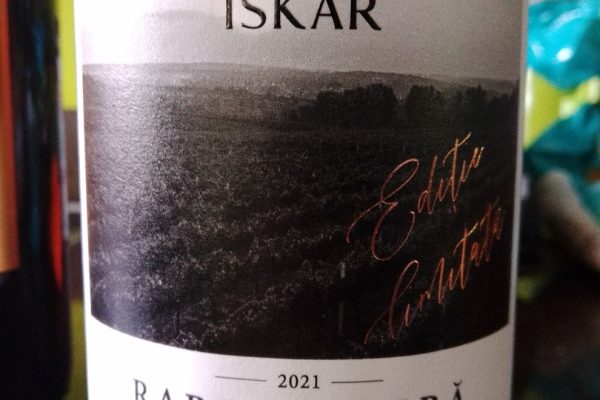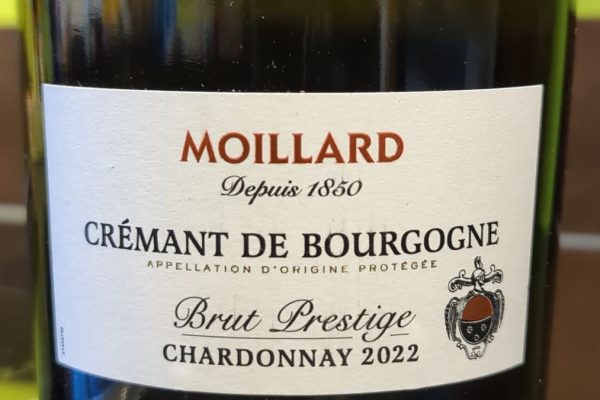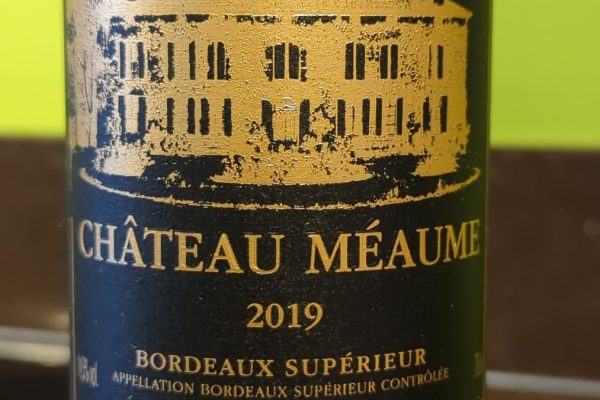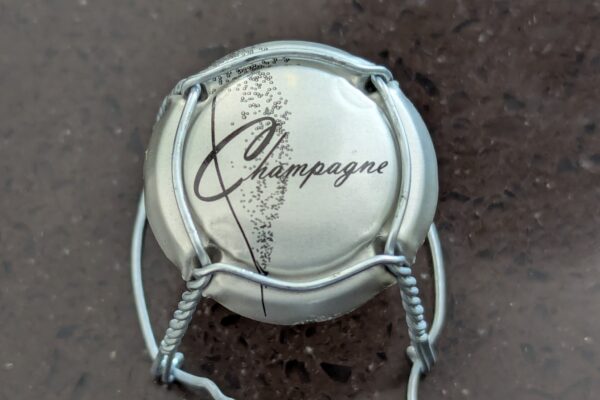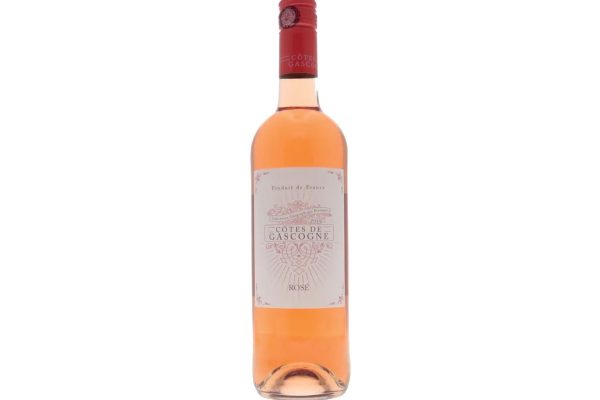
Pinot Noir is a captivating red wine that transcends its reputation as merely a lighter red option. The name ‘Pinot Noir’ derives from the French words for ‘pine’ and ‘black’, referring to the grape’s tightly clustered, pine cone-shaped bunches and dark skin. This noble grape variety thrives primarily in cooler climates, with its spiritual home in Burgundy, France, though it has found success in regions like Oregon, New Zealand and parts of Germany, Chile and Italy.
Viticulturally, Pinot Noir presents numerous challenges. Its thin skin makes it susceptible to various diseases and pests, while its early budding leaves it vulnerable to spring frosts. Despite these hurdles, winemakers persist in cultivating this finicky grape due to its unparalleled ability to express terroir and produce wines of extraordinary complexity.
Pinot Noir’s versatility shines in both still and sparkling wines. It plays a crucial role in Champagne production, contributing body and structure to the blend, and is the sole grape in Blanc de Noirs Champagne. As a still wine, Pinot Noir typically presents a pale to medium ruby colour, with a light to medium body and soft tannins. Its high acidity lends a vibrant freshness to the palate.
The flavour profile of Pinot Noir is a combination of red fruits, often showcasing notes of cherry, raspberry and strawberry. Earthy undertones of forest floor, mushroom, and sometimes hints of spice add depth and intrigue. The wine’s ageing potential varies, with high-quality examples evolving gracefully over 5-10 years and exceptional bottles continuing to mature for up to 20 years.
Different regions impart distinct characteristics to Pinot Noir. Burgundian Pinot Noirs are revered for their elegance and complexity, often exhibiting delicate floral notes and a pronounced earthiness. New World regions like Oregon produce plumper, fruitier styles with a velvety texture. New Zealand Pinot Noirs are celebrated for their purity of fruit and subtle spice notes.
As Pinot Noir ages, it develops fascinating nuances. The primary fruit flavours evolve into more savoury characteristics, with notes of leather, game and truffle emerging. The wine’s colour fades slightly, taking on a brick-like hue at the edges. This transformation adds layers of complexity, rewarding patient wine enthusiasts with a truly captivating sensory experience.




